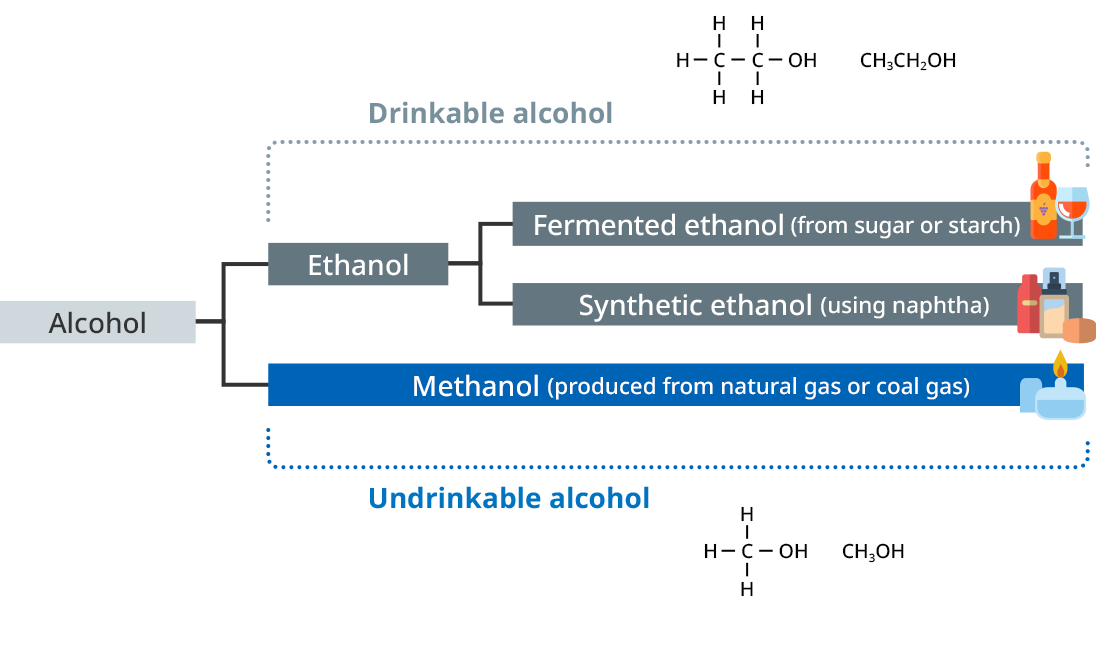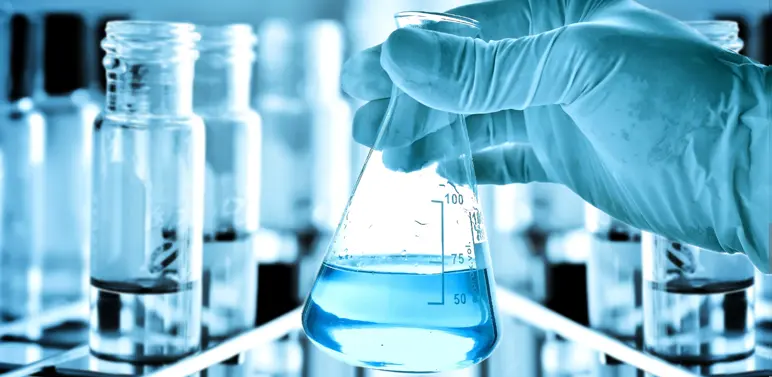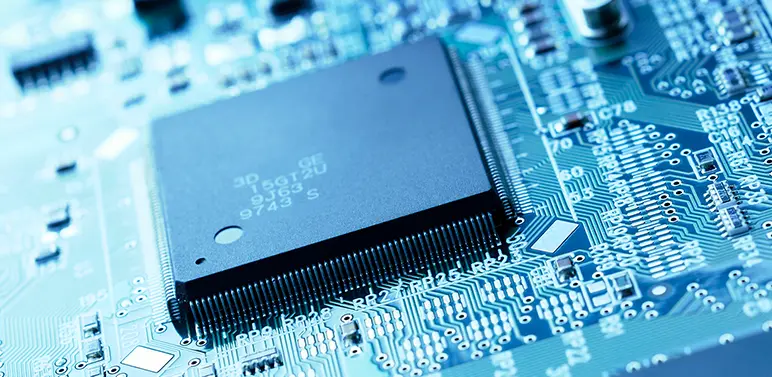From Clothing to Fuel
The Many Uses of Methanol

Production Capacity
No. 3 Worldwide*
An all-around renewable
resource helping people live better lives
Methanol, also known as methyl alcohol, is a highly versatile chemical widely used for industrial purposes and prevalent in our everyday lives. lts efficiency as an energy carrier has made it increasingly common as a fuel for factories and for electricity generation. The potential methanol offers as an environmentally sound fuel source is huge, and demand is growing worldwide as a promising resource for a new era of clean energy. MGC is the only comprehensive producer of methanol with a complete range of products and technologies supported by a global production network.
- * According to a company using our technology
01Methanol—naturally ubiquitous
Methanol is a type of alcohol made primarily from natural gas. It’s a base material in acetic acid and formaldehyde, and in recent years it is also increasingly being used in ethylene and propylene. Mixing methanol with substances like these enables it to be used as an intermediate material to make literally thousands of methanol and methanol derivative products used in practically every aspect of our lives. Methanol and its derivative products such as ascetic acid and formaldehyde created via chemical reactions are used as base materials in acrylic plastic; synthetic fabrics and fibers used to make clothing; adhesives, paint, and plywood used in construction; and as a chemical agent in pharmaceuticals and agrichemicals. Its endless myriad applications have made methanol ubiquitous in our lives and throughout society.
The Uses of Methanol
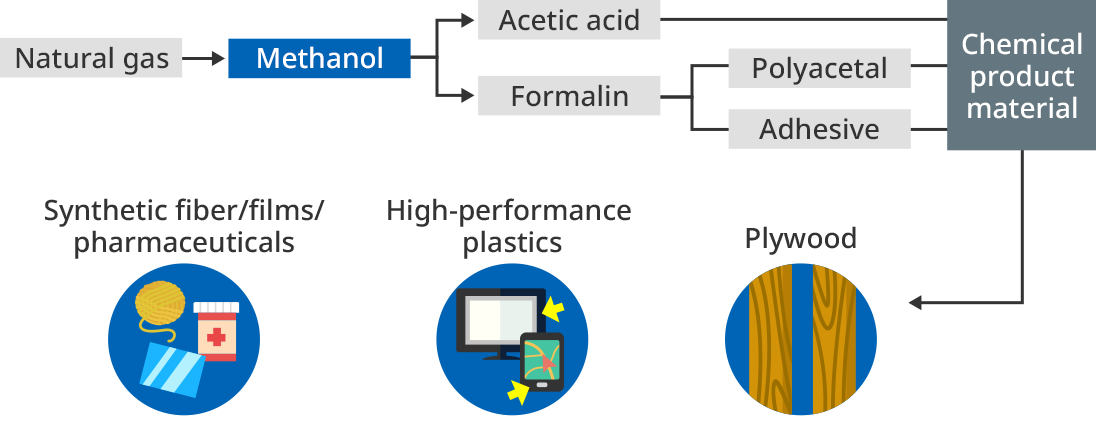
02Mitsubishi Gas Chemical—the world’s only comprehensive methanol producer
In 1952, Mitsubishi Gas Chemical became the first company in Japan to successfully synthesize natural gas into methanol. For over a decade, MGC produced methanol and derivative products at a single plant in Niigata in Northern Japan. In the 1970s, we increased our production capacity and established factories overseas to be closer to cheaper source materials to meet the quickly broadening demand and enhance our competitiveness. The manufacturing technology and natural gas extraction methods developed propelled us to the forefront of the methanol industry, and we launched our endeavor to create a global production and sales network.
We were soon using our proprietary technology to produce and supply methanol locally and to all regions of the world via specially engineered tanker ships. Over more than 70 years of continually expanding and diversifying our operations, we have grown into a world-leading methane provider with a fully integrated global network annually producing and delivering some 2.5 million tons of methane. MGC’s overseas plants supply 60% of the total methanol that Japan imports each year. Our technologies, our networks, and our experience make us the world’s only comprehensive producer of methanol and methanol derivative products.
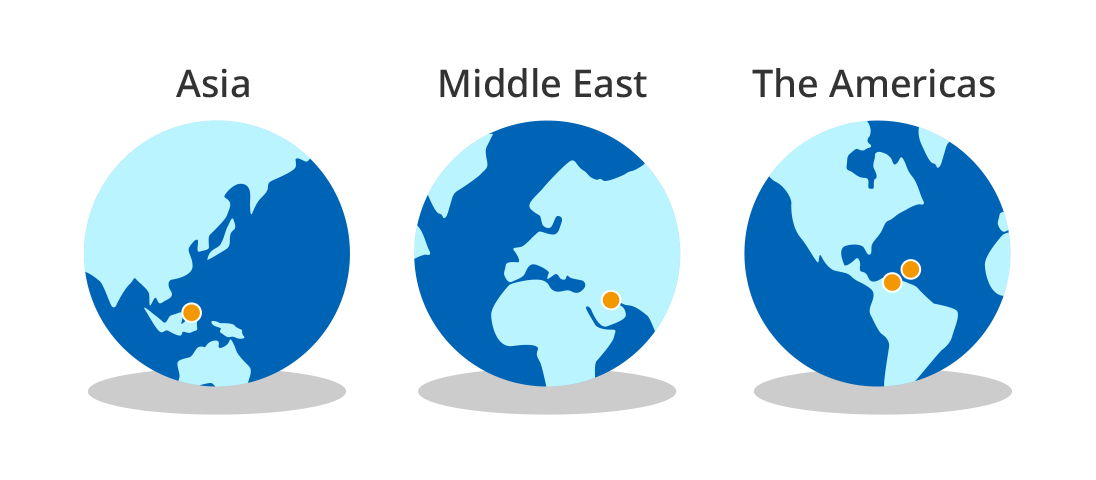
03Methanol—the safe clean, and versatile energy source of the future
The versatility of methanol is making it a common fuel resource in the power generation industry. At MGC, we use methanol as a fuel source not only in liquid form, but also in the form of highly efficient fuel cell batteries. Locations and conditions where it is impractical to utilize commercial power commonly currently use rechargeable batteries, solar cells, and gas-powered engine generators. MGC direct methanol fuel cells (DMFCs) offer another solution that is unmatched for its efficiency and versatility.
Unlike standard hydrogen fuel cells that use hydrogen gas as a fuel source, DMFC uses a unique metamix of concentrated 54% liquefied methanol. The concentrated fuel enables consistent power production as long as the fuel lasts, making it more stable than hydrogen as well as lighter in weight and more compact, making it easier to store and transport. This makes it an ideal fuel for power generation in emergency situations, such as after a disaster, as a back up fuel source, and as a main fuel source for sites beyond the reach of power grids. Portable power sources using DMFC are also quieter than gasoline-powered generators and do not emit harmful gases, such as carbon monoxide or nitrogen oxide. This makes DMFC suitable for projects and events held either outside or inside. Outside, DMFC generators are virtually silent from a distance of just 2-3 meters, and just four liters of metamix can power a 200 Watt generator for over eight hours. Its versatility, safety, reliability, and environmental attributes are poised to make methanol a core energy source that is in the future.
The Uses of Methanol
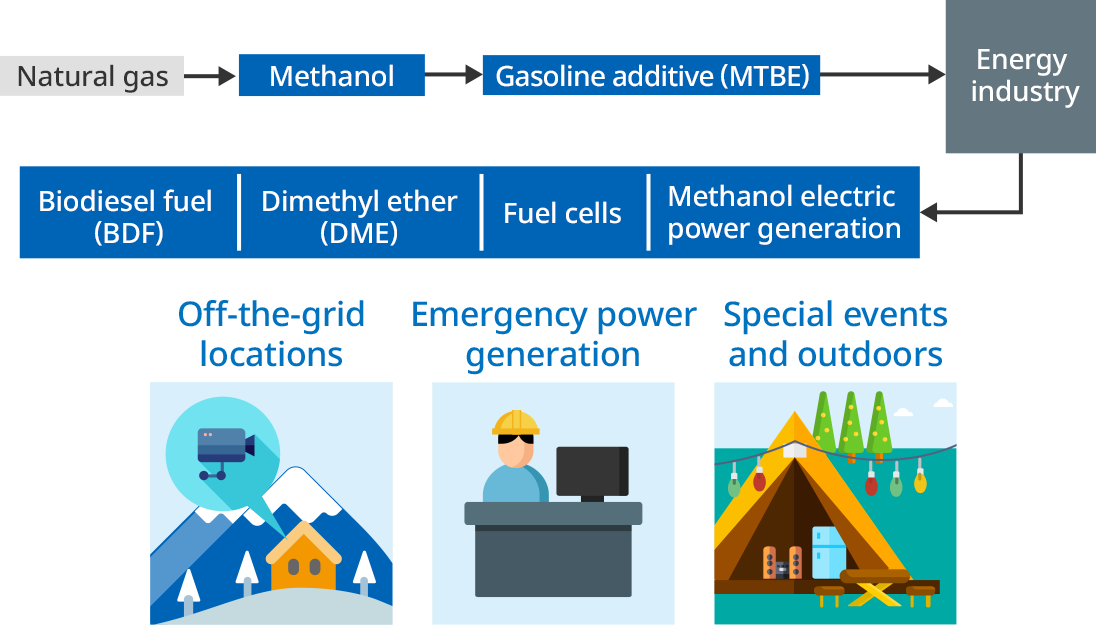
Bonus Feature!Drinkable ethanol, undrinkable methanol
Ethanol (ethyl alcohol) and methanol (methyl alcohol) are quite similar but very different. Both are alcohols, but ethanol is created from fermented starch and sugar such as found in grains while methanol is created from natural gas, coal, and biomass. Their molecular structures differ by just a few molecules, but that slight variation gives them vastly different properties. The most important difference is that ethanol is drinkable form of alcohol, while methanol is highly toxic when consumed.
The difference between ethanol and methanol
